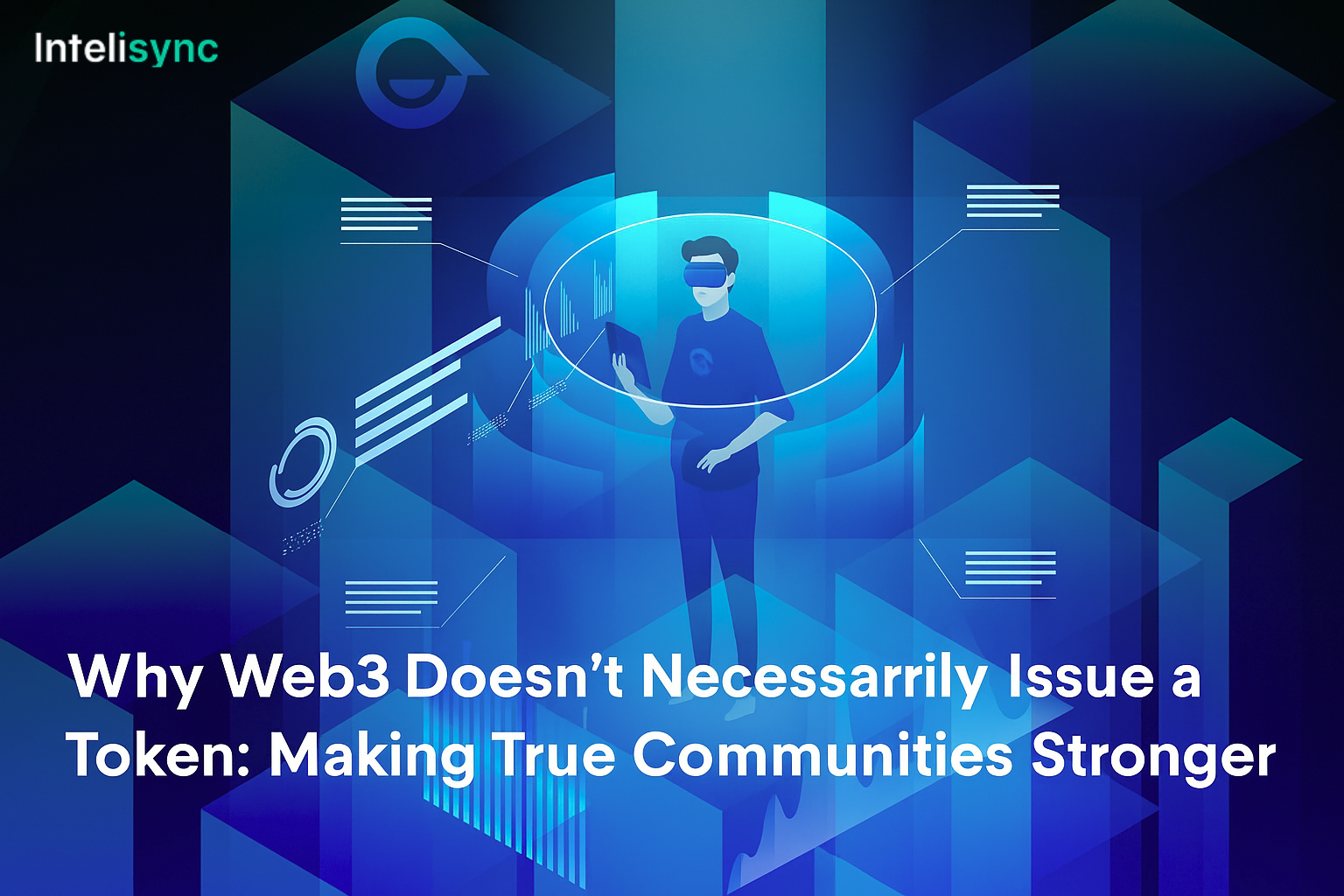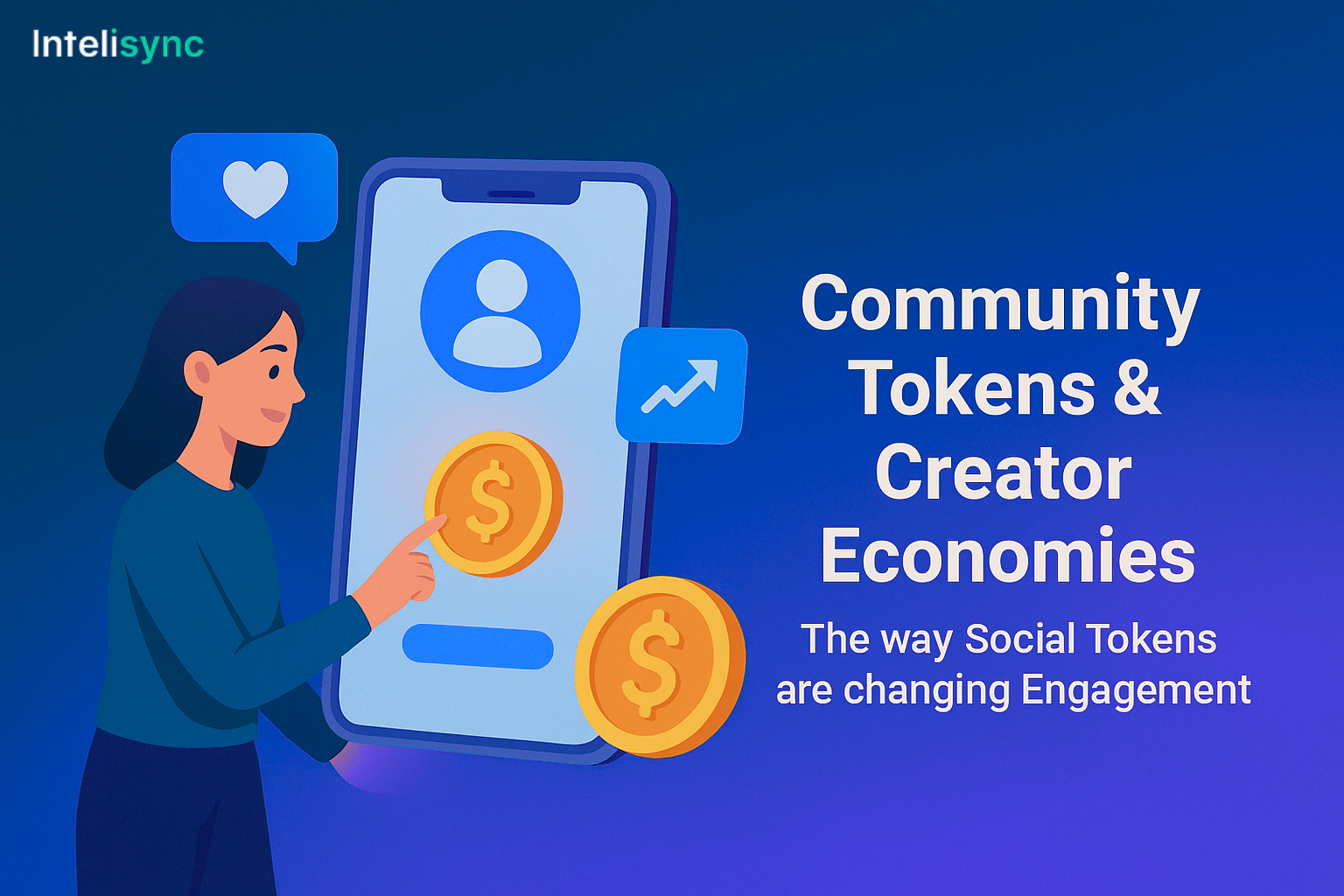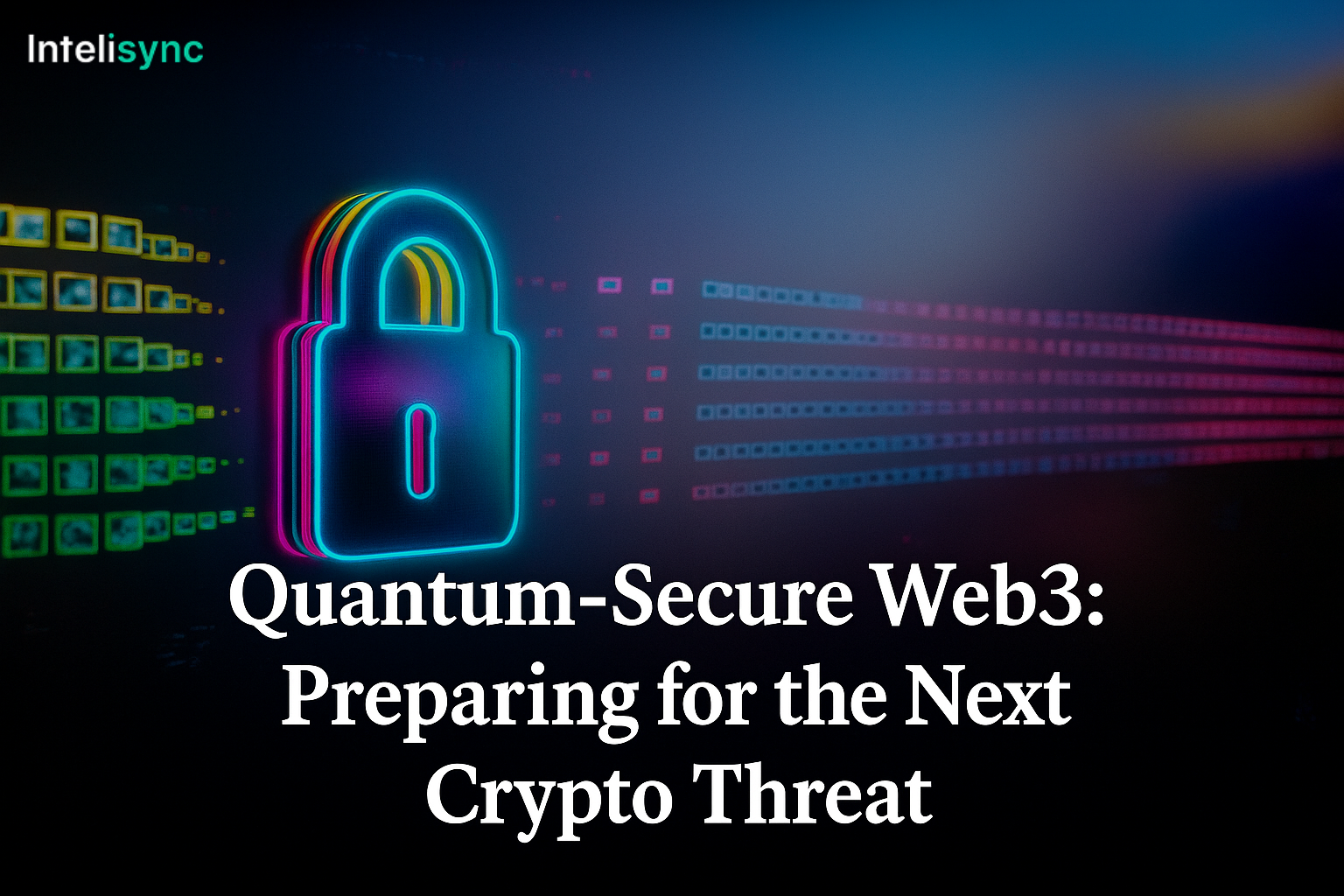If there is one term ruling the discussions among crypto, fintech, and traditional finance in 2025, it is RWA tokens briefly for Real World Asset tokens. However, what are RWA tokens, and why has the financial sector turned its focus to them? Let’s dissect it, human to human.
RWA Tokens: The Bridge Between Blockchain and the Real World
At their essence, RWA tokens are digital proxies for real-world assets i.e., real property, government securities, precious metals, invoices, and even artwork emitted and monitored via blockchain. They’re not conceptual or meme coins; they’re literally attached to assets we consume, have faith in, and are familiar with in our daily lives.
This is how it typically plays out:
- Physical or traditional asset (such as a building, bond, or bar of gold) is legally owned by a trusted institution like a firm or SPV.
- The economic rights to the asset ownership, income, or both are split into digital tokens.
- These can then be purchased, sold, or exchanged 24 hours a day, 7 days a week on worldwide blockchain markets, allowing anyone to get in or out at any time they wish.
Why RWA Tokens Are So Timely Now
- Record Growth and Adoption
The RWA tokenization segment went through the roof in 2025, crossing $10 billion in tokenized assets five times higher since 2023 with significant adoption by institutions and platforms globally. Projections expect the asset tokenization industry to reach $2 trillion, with some sources anticipating $500 billion in RWA tokens alone by year-end.
- Liquidity for Conventionally Illiquid Assets
One of the largest things that have come with RWAs is liquidity. When it used to take years or even months to sell a property or a bond, now you can sell fractional ownership in seconds across the globe. It makes high-value assets available to global investors, eliminates large barriers to entry, and allows individuals to purchase merely a slice of quality real estate or one government bond.
- Democratization of Investments
No longer are the best assets held by institutions and the very rich. Tokenization now allows nearly anyone to own a piece of valuable assets, enabling wealth creation and access to finance for more individuals, wherever they are based or whatever they can afford to invest.
- Speed, Transparency, and Security
Because each RWA transaction is recorded on an immutable blockchain, you receive increased auditability and transparency. There’s less opportunity for fraud, settlement is almost instantaneous, and transaction fees are frequently significantly lower than with brokers or banks.
- Programmable Financial Logic
Smart contracts automate vital processes such as rent payment, dividend distribution, or voting rights making the whole process frictionless for owners. Programmatic programmability has made possible completely new business models and efficiency improvements impossible with legacy paperwork and compliance bottlenecks.
What’s Behind the Demand in 2025
As world economies are confronting inflation, unstable interest rates, and increasing uncertainty, there’s renewed demand for secure, yield generating assets in the cryptocurrency space. RWA tokens, secured by items such as U.S. Treasuries, real estate, and collateralized loans, provide just that, drawing in both institutional and crypto native investors into the arena.
Big players (BlackRock, Bank of America, Securitize, Ondo Finance) are at the forefront with tokenized real estate and government bonds, while creative platforms such as RealT, Centrifuge, and others are expanding tokenization for properties and credit markets worldwide.
How the Process Works (Actually)
Asset Selection: Select a real-world asset to tokenize (bond, property, invoice, etc.).
Legal Structuring: Establish a legal entity (typically a Special Purpose Vehicle) to own or manage the asset.
Token Creation: Create digital tokens to represent fractional or full rights to the asset and economic rights thereto.
Blockchain Issuance: Mint onto a blockchain, with security and compliance.
Ongoing Servicing: Employ oracles and smart contracts to provide income distribution, value updates, and real-time tracking of asset status, all on-chain.
Not Just Hype: Benefits and Challenges
Benefits:
Global access: Anyone, anywhere, can trade or invest.
Transparency: Follow ownership and history of transactions in real time.
Efficiency: Fewer costs and quicker settlement.
Liquidity: Easily convert illiquid assets into cash.
Fractionalization: Take a share in high-value assets with small investments.
Challenges:
Regulation: Legislation is catching up, but uneven frameworks continue to create friction.
Off-chain Risks: Events such as tenant default or management of property occur off the chain and need trusted service providers.
Education: Mass adoption needs better understanding among everyday investors and traditional finance players.
Why RWA Tokens Matter for the Future
RWA tokens are not merely another crypto trend they’re making blockchain technology a reality for the world economy. They’re opening doors to markets that were previously slow, closed, or reserved for the privileged few. As regulation gets more mature and infrastructure improves, look for the boundary lines between Wall Street and Web3 to blend together and look for RWA tokens to fuel much of that shift as we continue deeper into 2025 and beyond.
For businesses, builders, or investors, knowledge of RWA tokens is no longer a choice. They’re redefining how finance is accessed, wealth is created, and the real world is connected to the digital one in a way that has the potential to empower millions.







